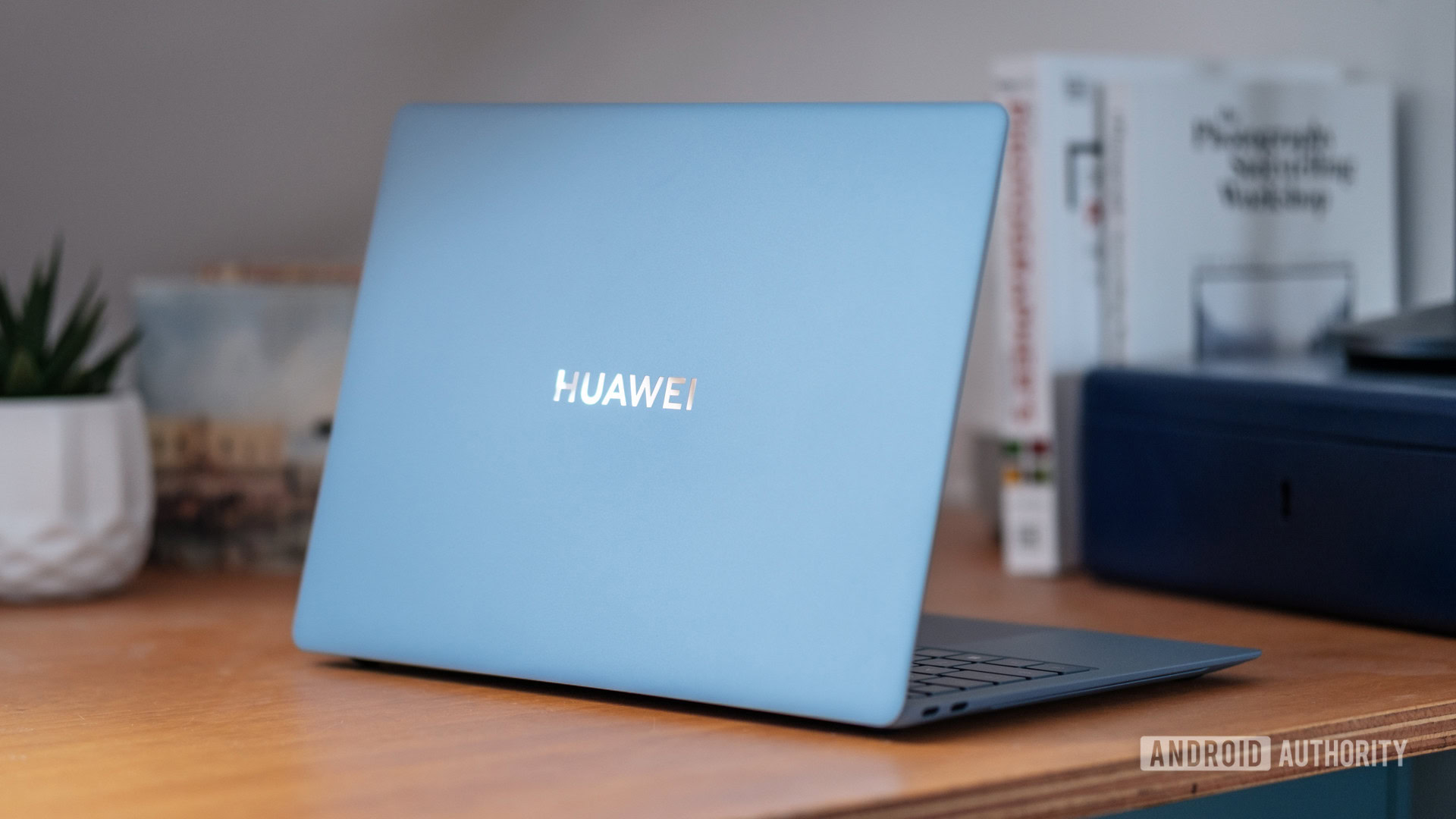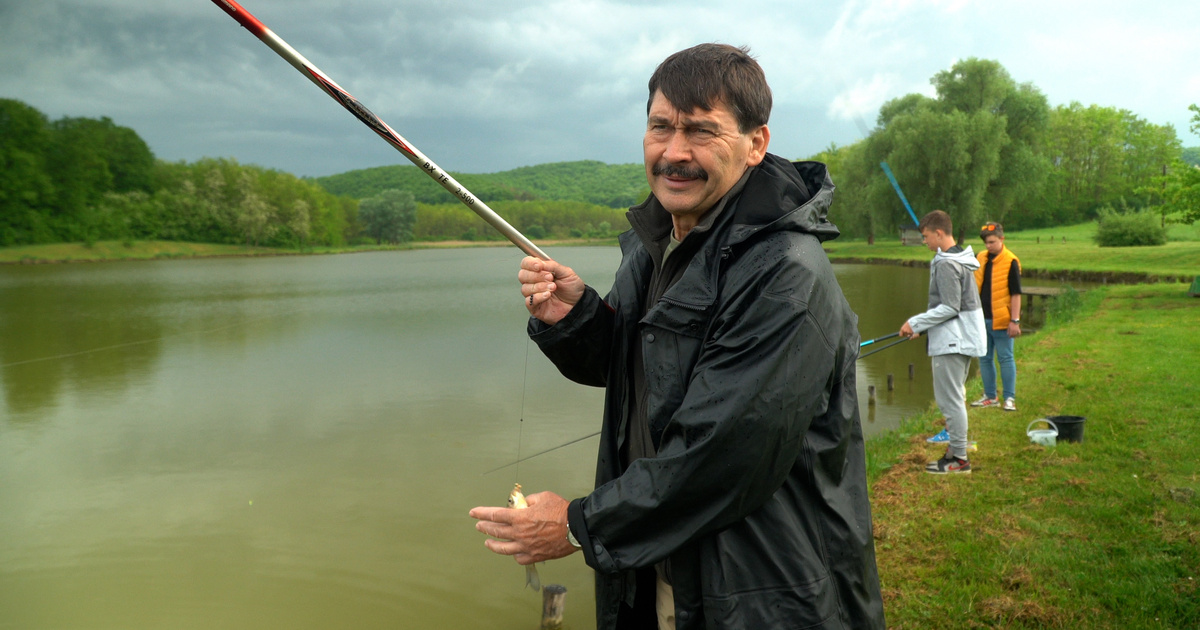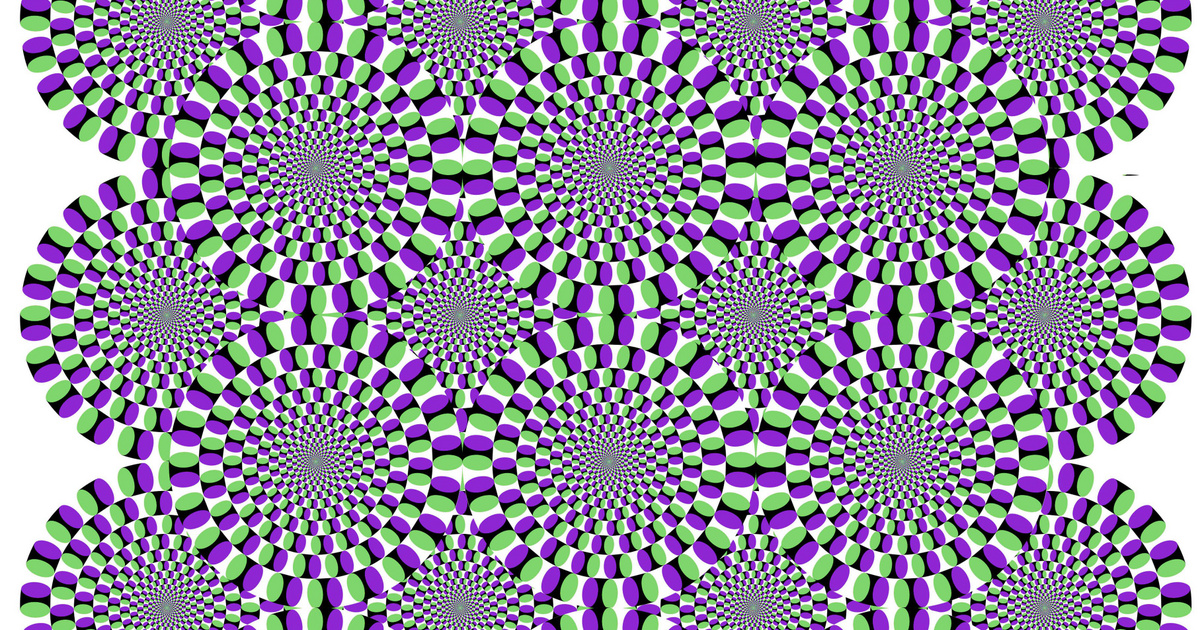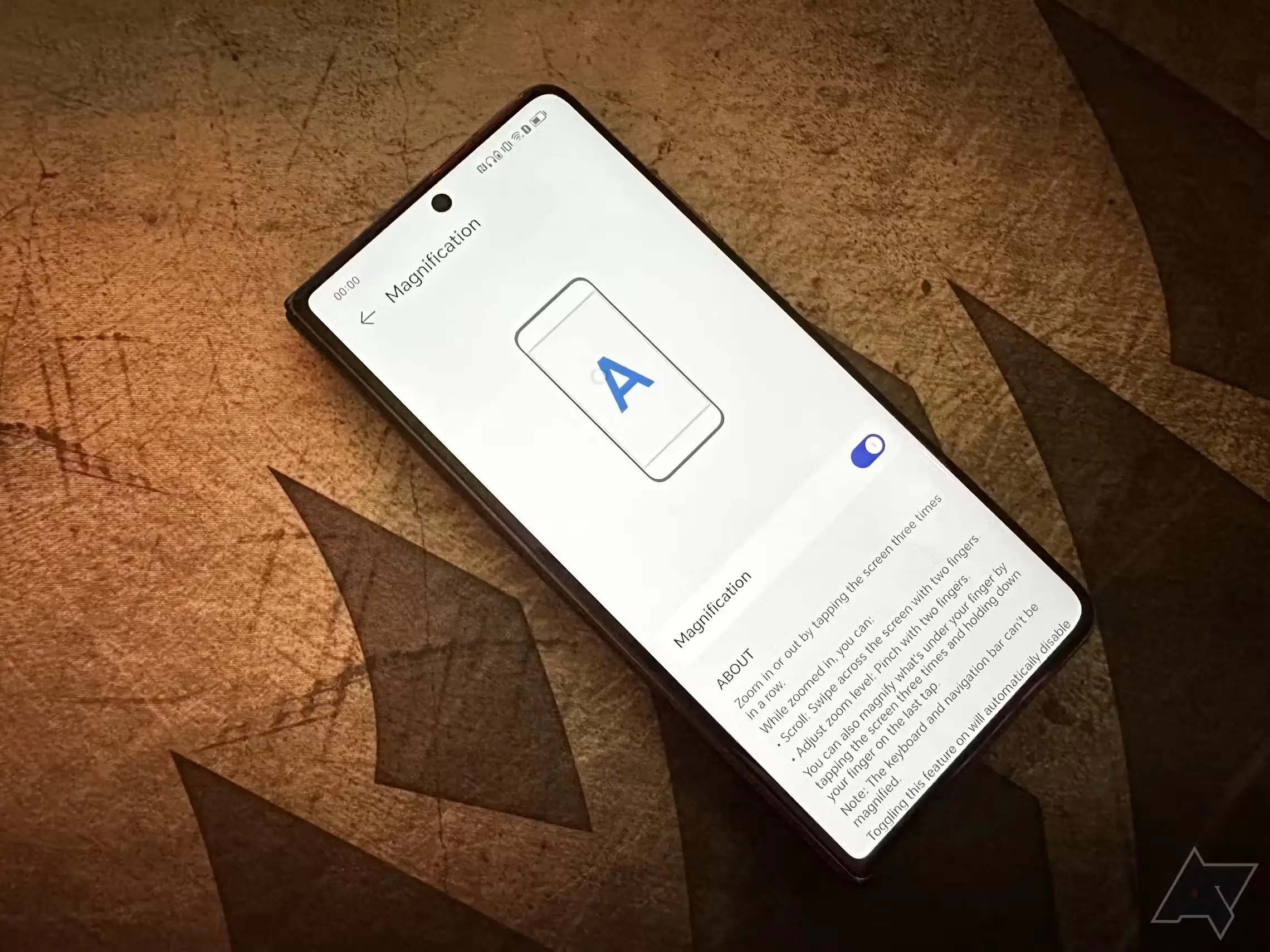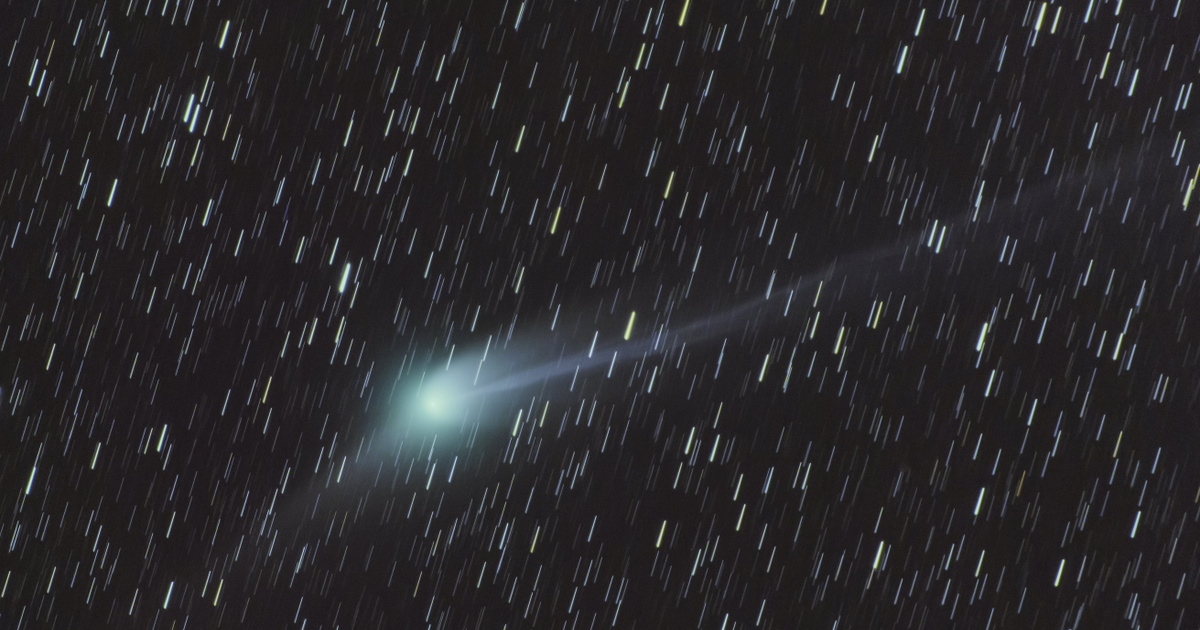The new comet was discovered by Hideo Nisimura, a 72-year-old Japanese comet and amateur astronomer who discovered the nova, at his observatory on August 12 at a tea plantation called Jumjo near the city of Kakegawa.
The comet will be closest to Earth on September 13, when it will be 127.5 million km from our planet.
Since the apparent brightness of magnitude 11 at the time of its discovery is considered too large for today’s smaller telescopes, the discovery was noted and confirmed by several amateur astronomers after the announcement by the National Observatory of Japan – announced MTI the csillagaszat.hu Based on the news portal article.
Numerous observations made it possible to quickly determine the orbit of the celestial body, which confirmed that it was a previously unknown comet.
It is also closer to the Sun than Mercury
The comet, which belongs to the solar system, so it did not approach the sun from the distant regions of the solar system, will be close to the sun on September 18th. This means that it will be much closer to the Sun than Mercury, which would likely make it a bright comet.
According to the article, the faint comet plume can already be seen in recent long-exposure photos taken from places that are dark enough and free of light pollution. Its gaseous coma is green in color, which comes from a diatomic carbon molecule.
The apparent brightness of the comet can reach three degrees during its approach to the sun in September, so it can be observed with the naked eye if it does not appear at a very small angular distance from the sun.
The comet will then be more visible in the bright twilight sky. According to astronomers, it would be best to try observing it a week before its closest approach to the sun, around September 10, when it’s fainter but easier to spot.













